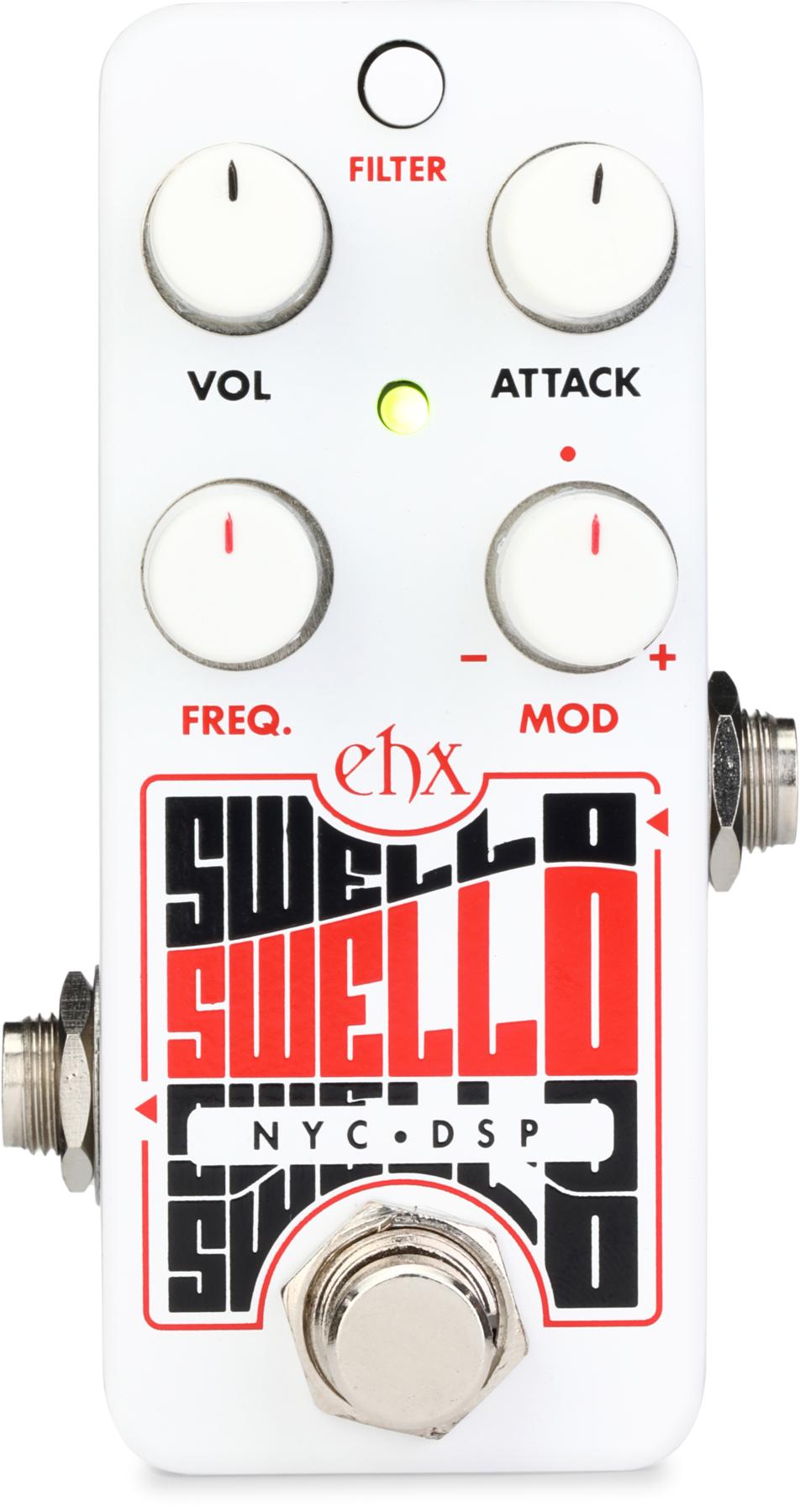Bob Taylor
Guitar Lessons
Wiley Publishing





 Guitarmaker Bob Taylor
has become synonymous
with acoustic guitars
since his early days of working out of a
small San Diego workshop, fittingly named
The American Dream. In Guitar Lessons,
the focus is more about growing a world-class
guitar business from the ground up
than how Taylor developed his craft. Since
starting Taylor Guitars in 1974 with his
business partner Kurt Listug, Taylor has had
his fair share of ups and downs. One of the
more notable stories from the early days
is when Taylor made a trip to the Martin
guitar factory and had an epiphany as to
how to better streamline his own production
process and get more finished guitars
out the door.
Guitarmaker Bob Taylor
has become synonymous
with acoustic guitars
since his early days of working out of a
small San Diego workshop, fittingly named
The American Dream. In Guitar Lessons,
the focus is more about growing a world-class
guitar business from the ground up
than how Taylor developed his craft. Since
starting Taylor Guitars in 1974 with his
business partner Kurt Listug, Taylor has had
his fair share of ups and downs. One of the
more notable stories from the early days
is when Taylor made a trip to the Martin
guitar factory and had an epiphany as to
how to better streamline his own production
process and get more finished guitars
out the door.
Throughout the book, Taylor touches on topics ranging from hiring the right employees to developing and implementing new production technologies. A particularly interesting story happened during the early ’80s, when acoustic guitars were losing popularity and many manufacturers were drastically scaling back production—some almost to the point of going out of business. During this time, Listug hit the road with a load of Taylor guitars (likely the precursor to Taylor’s Road Shows) and proceeded to develop long-lasting relationships with independent dealers all over the country.
One of the things I enjoyed most about this book is how it’s arranged in a series of short anecdotes with each one offering a guitar-guru tidbit or some nugget of entrepreneurial advice. The chapter on artist endorsements provides an inside look into how these associations come together. From Neil Young using a Taylor 12-string in Rust Never Sleeps to Prince’s purple axe in the “Raspberry Beret” video, Taylor Guitars have been associated with some big artists. Taylor writes in an honest way how he started to work with these artists and why marquee names don’t always translate into marquee sales. Thankfully, Taylor’s conversational tone turns what could easily be a dry business book into a much more entertaining read.
Guitar Lessons
Wiley Publishing
 Guitarmaker Bob Taylor
has become synonymous
with acoustic guitars
since his early days of working out of a
small San Diego workshop, fittingly named
The American Dream. In Guitar Lessons,
the focus is more about growing a world-class
guitar business from the ground up
than how Taylor developed his craft. Since
starting Taylor Guitars in 1974 with his
business partner Kurt Listug, Taylor has had
his fair share of ups and downs. One of the
more notable stories from the early days
is when Taylor made a trip to the Martin
guitar factory and had an epiphany as to
how to better streamline his own production
process and get more finished guitars
out the door.
Guitarmaker Bob Taylor
has become synonymous
with acoustic guitars
since his early days of working out of a
small San Diego workshop, fittingly named
The American Dream. In Guitar Lessons,
the focus is more about growing a world-class
guitar business from the ground up
than how Taylor developed his craft. Since
starting Taylor Guitars in 1974 with his
business partner Kurt Listug, Taylor has had
his fair share of ups and downs. One of the
more notable stories from the early days
is when Taylor made a trip to the Martin
guitar factory and had an epiphany as to
how to better streamline his own production
process and get more finished guitars
out the door.Throughout the book, Taylor touches on topics ranging from hiring the right employees to developing and implementing new production technologies. A particularly interesting story happened during the early ’80s, when acoustic guitars were losing popularity and many manufacturers were drastically scaling back production—some almost to the point of going out of business. During this time, Listug hit the road with a load of Taylor guitars (likely the precursor to Taylor’s Road Shows) and proceeded to develop long-lasting relationships with independent dealers all over the country.
One of the things I enjoyed most about this book is how it’s arranged in a series of short anecdotes with each one offering a guitar-guru tidbit or some nugget of entrepreneurial advice. The chapter on artist endorsements provides an inside look into how these associations come together. From Neil Young using a Taylor 12-string in Rust Never Sleeps to Prince’s purple axe in the “Raspberry Beret” video, Taylor Guitars have been associated with some big artists. Taylor writes in an honest way how he started to work with these artists and why marquee names don’t always translate into marquee sales. Thankfully, Taylor’s conversational tone turns what could easily be a dry business book into a much more entertaining read.





















